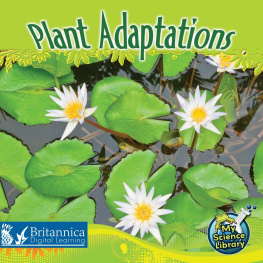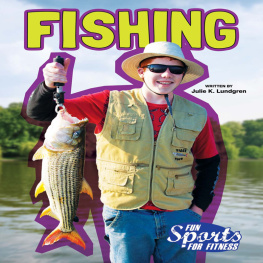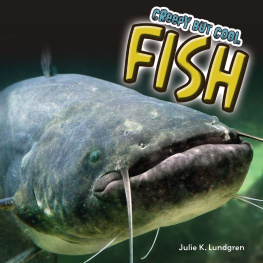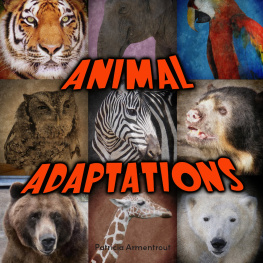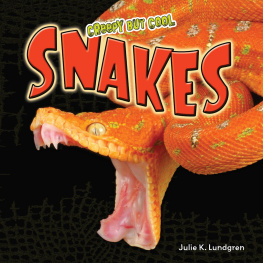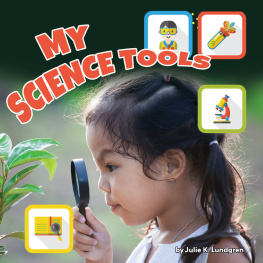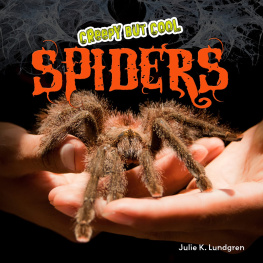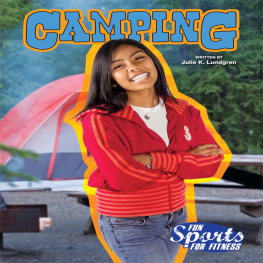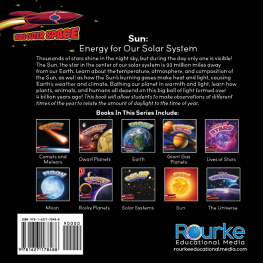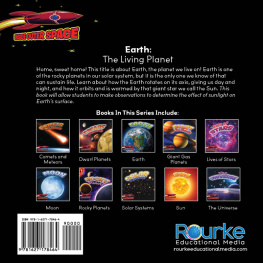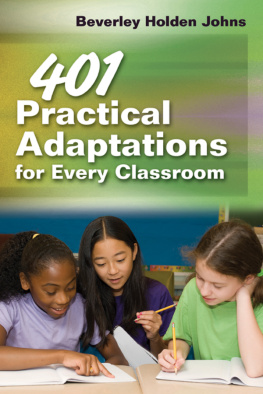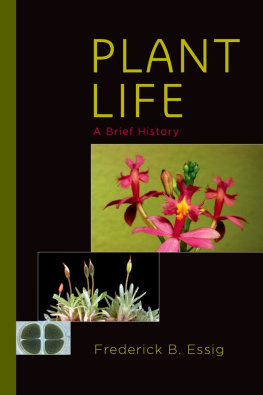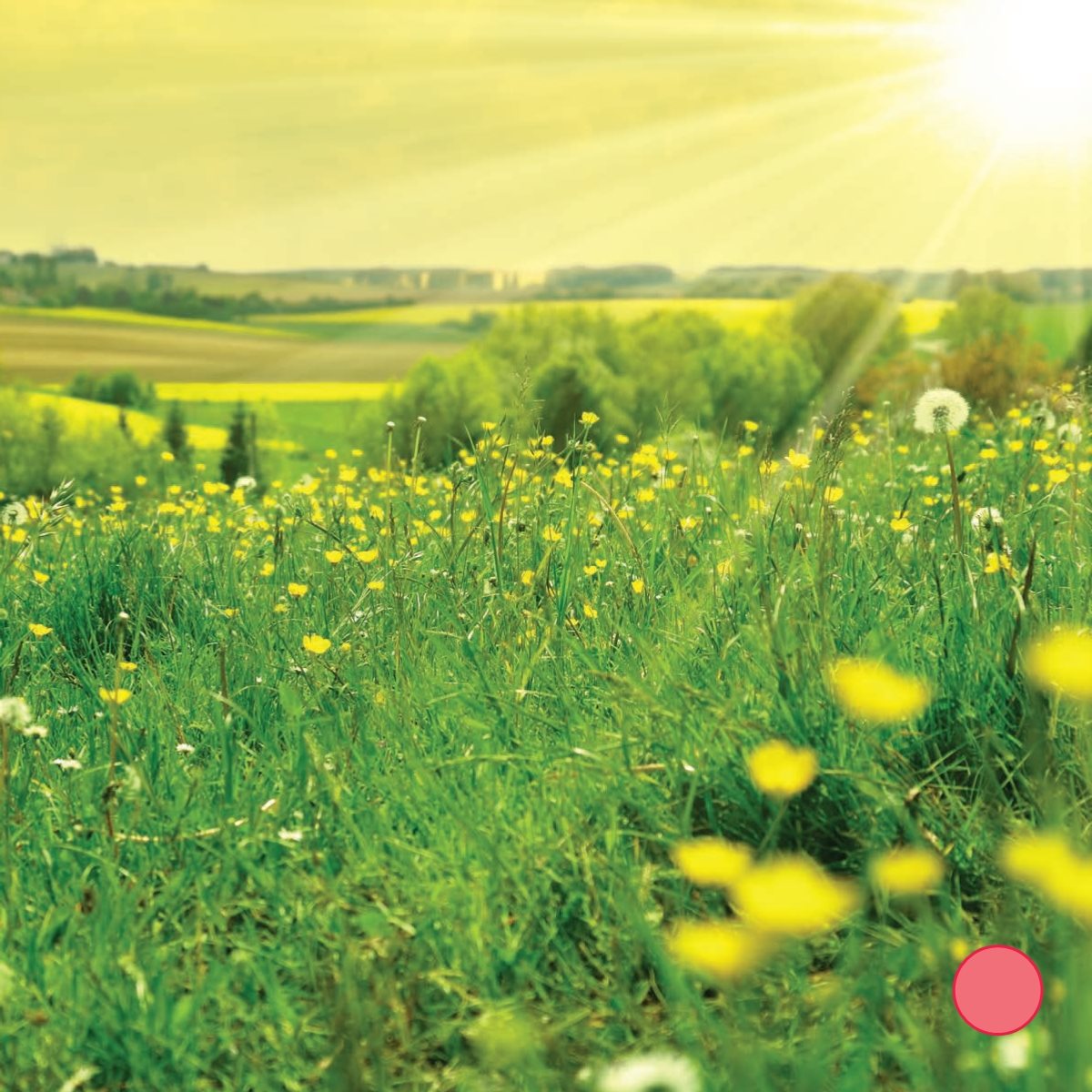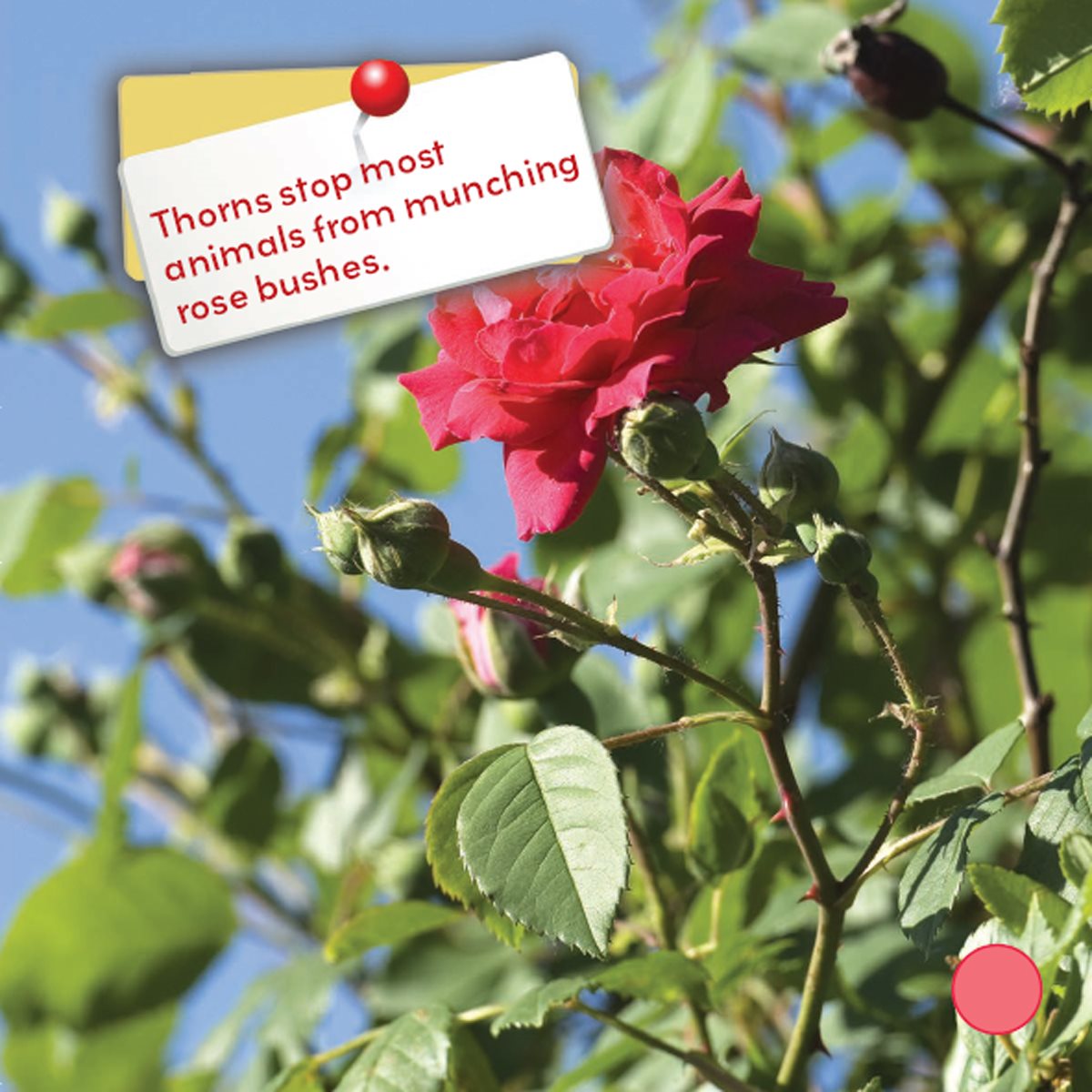
Level: G Word Count:
100th Word: catch (page 16)
Tips on Reading this
Book with Children:
1. Read the title.
Predictions after reading the title have children
make predictions about the book.
2. Take a book walk.
Talk about the pictures in the book. Use content
words from the book as you take the picture walk.
Have children find one or two words they know
as they do a picture walk.
3. Have children find words they recognize in the text.
4. Have children read the remaining text aloud.
5. Strategy Talk use to assist children while reading.
Get your mouth ready
Look at the picture
Thinkdoes it make sense?
Thinkdoes it look right?
Thinkdoes it sound right?
Chunk it by looking for a part you know
6. Read it again.
7. Complete the activities at the end of the book.

Comprehension & Extension:
Summarize:
Where are some of the different places where
plants can grow? How have some plants adapted
to where they live?
Text to Self Connection:
What kinds of plants grow near where you live?
What type of plant would you like to grow?
Extension: Five Facts!
Write five facts to share what you learned about
plant adaptations.
Sight Words I Used:
have
some
these
they
Vocabulary Check:
Use glossary words in a
sentence.
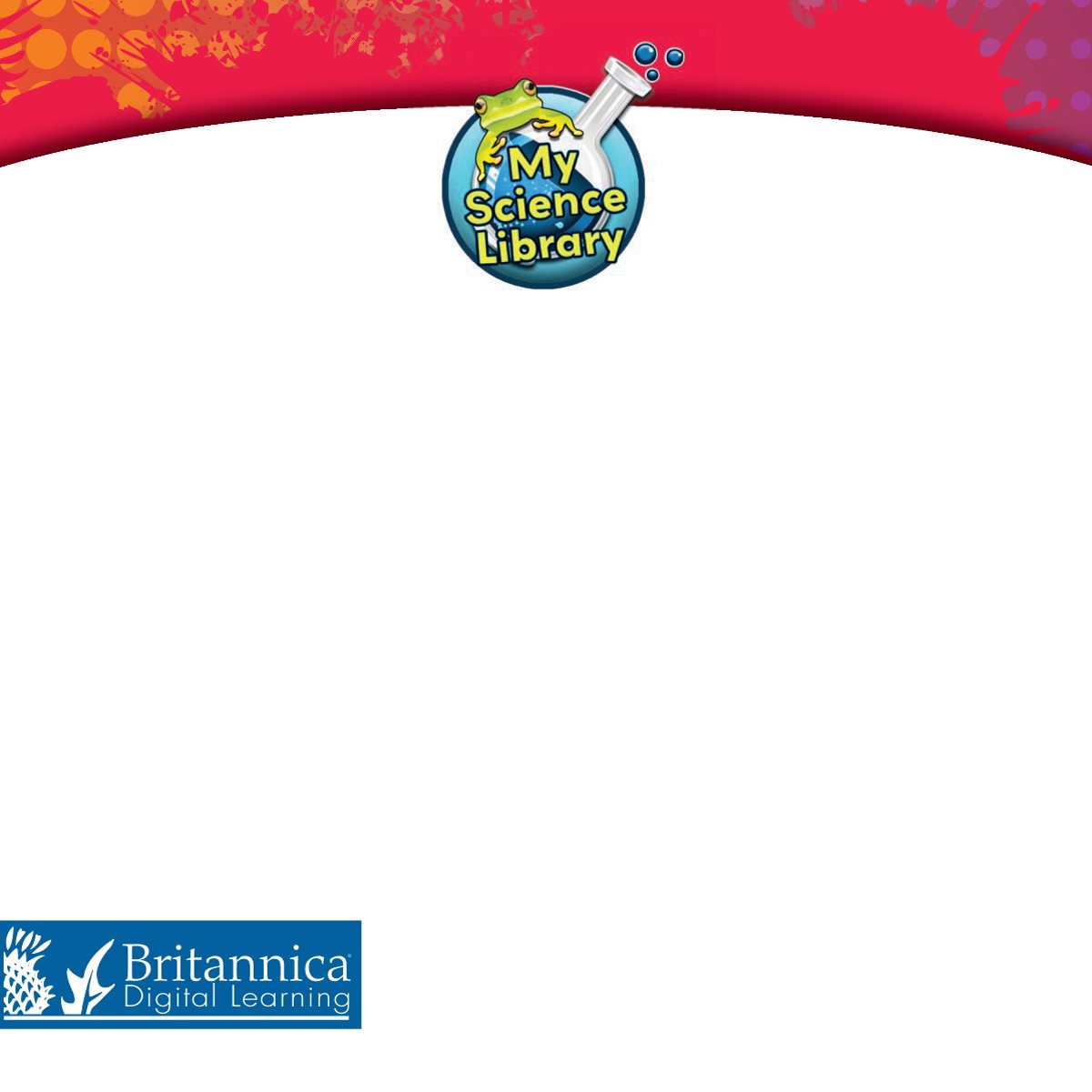
Plant Adaptations
by Julie K. Lundgren
Science Content Editor:
Kristi Lew
ISBN 978-1-62513-760-9 (e-book)
e-book 2020 Encyclopdia Britannica, Inc. Britannica, Encyclopdia Britannica, and the
Thistle logo are trademarks of Encyclopdia Britannica, Inc.
Science content editor: Kristi Lew
A former high school teacher with a background in biochemistry and more than 10 years of experience in cytogenetic
laboratories, Kristi Lew specializes in taking complex scientific information and making it fun and interesting for
scientists and non-scientists alike. She is the author of more than 20 science books for children and teachers.
2012 Rourke Publishing LLC
All rights reserved. No part of this book may be reproduced or utilized in any form or by any means, electronic or
mechanical including photocopying, recording, or by any information storage and retrieval system without permission
in writing from the publisher.
www.rourkepublishing.com
Photo credits: Cover tungtopgun, Cover logo frog Eric Pohl, test tube Sergey Lazarev; Page 5 Olena
Mykhaylova; Page 6 steve estvanik; Page 7 MARGRIT HIRSCH; Page 9 urosr; Page 10 Roman Sigaev;
Page 11 Joao Virissimo; Page 13 Yuriy Kulik/stock.adobe.com; Page 14 Konstantin Kopachinskii/Dreamstime.
com; Page 15 Vladimir Melnik; Page 17 Leszek Wygachiewicz; Page 19 Alessandra Rc/Dreamstime.com;
Page 20 Rechitan Sorin; Page 21 VeryBigAlex, scoutingstock
Editor: Kelli Hicks
Cover and page design by Nicola Stratford, bdpublishing.com
Library of Congress Cataloging-in-Publication Data
Lundgren, Julie K.
Plant adaptations / Julie K. Lundgren.
p. cm. -- (My science library)
Includes bibliographical references and index.
ISBN 978-1-61741-735-1 (Hard cover) (alk. paper)
ISBN 978-1-61741-937-9 (Sodt cover)
1. Plants--Adaptation--Juvenile literature. I. Title.
QK912.L86 2012
581.4--dc22
2011003899
Rourke Publishing
Printed in the United States of America,
North Mankato, Minnesota
060711
060711CL

Table of Contents
......................
..............
...................
....
...............................
.....................................
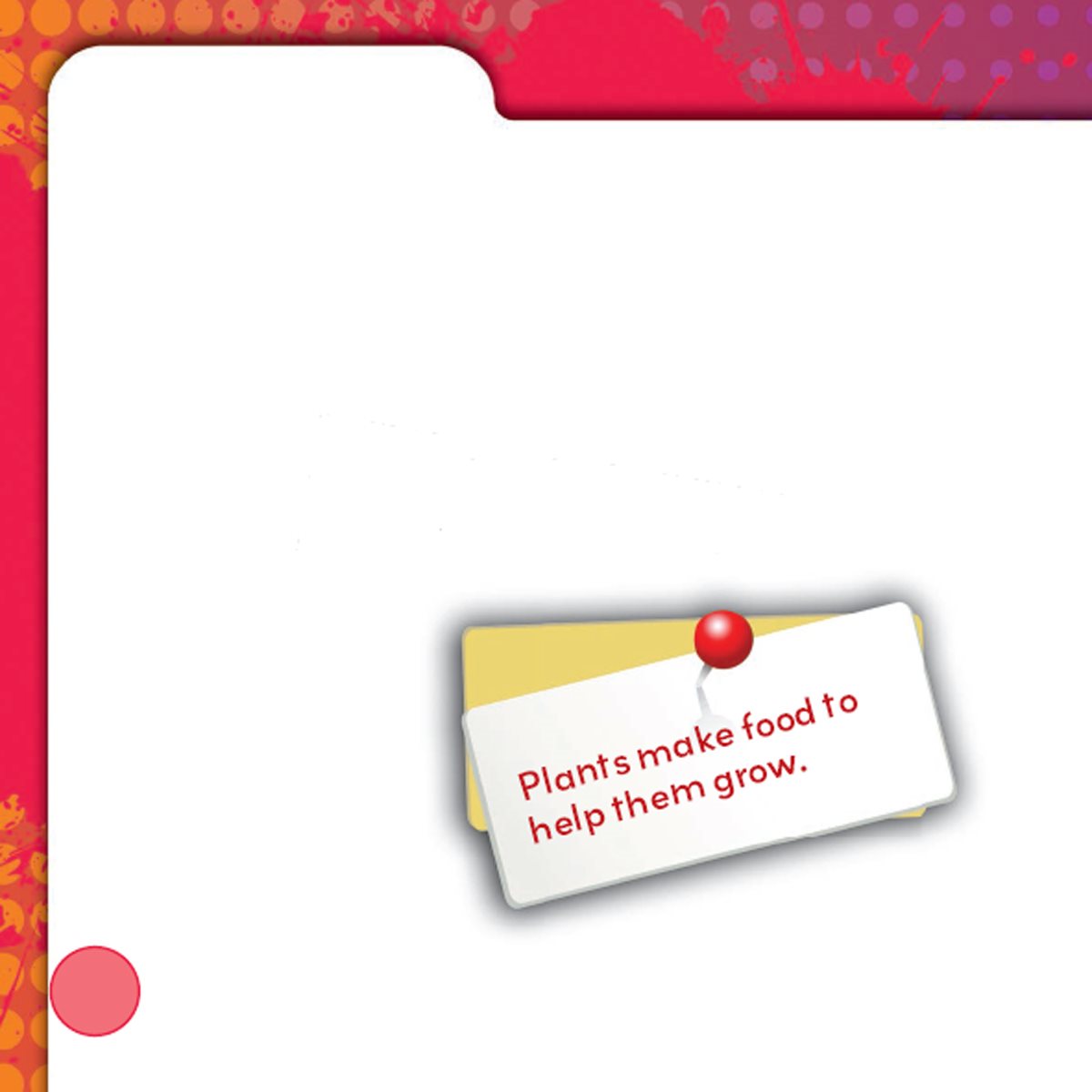
A plant is a living thing. Most
plants can make their own food
using from the Sun.
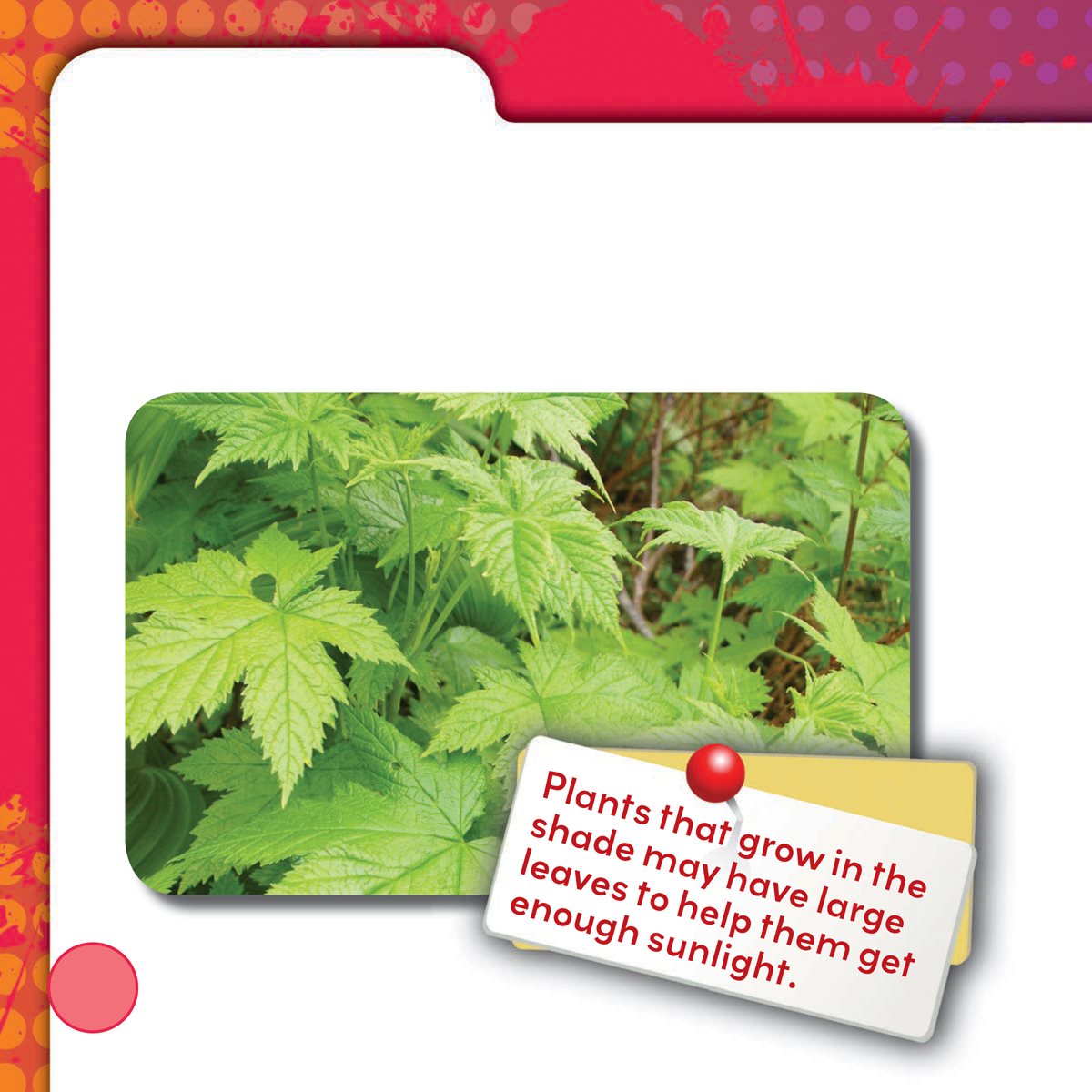
Plants can look very different.
How plants look can tell us how
they live.
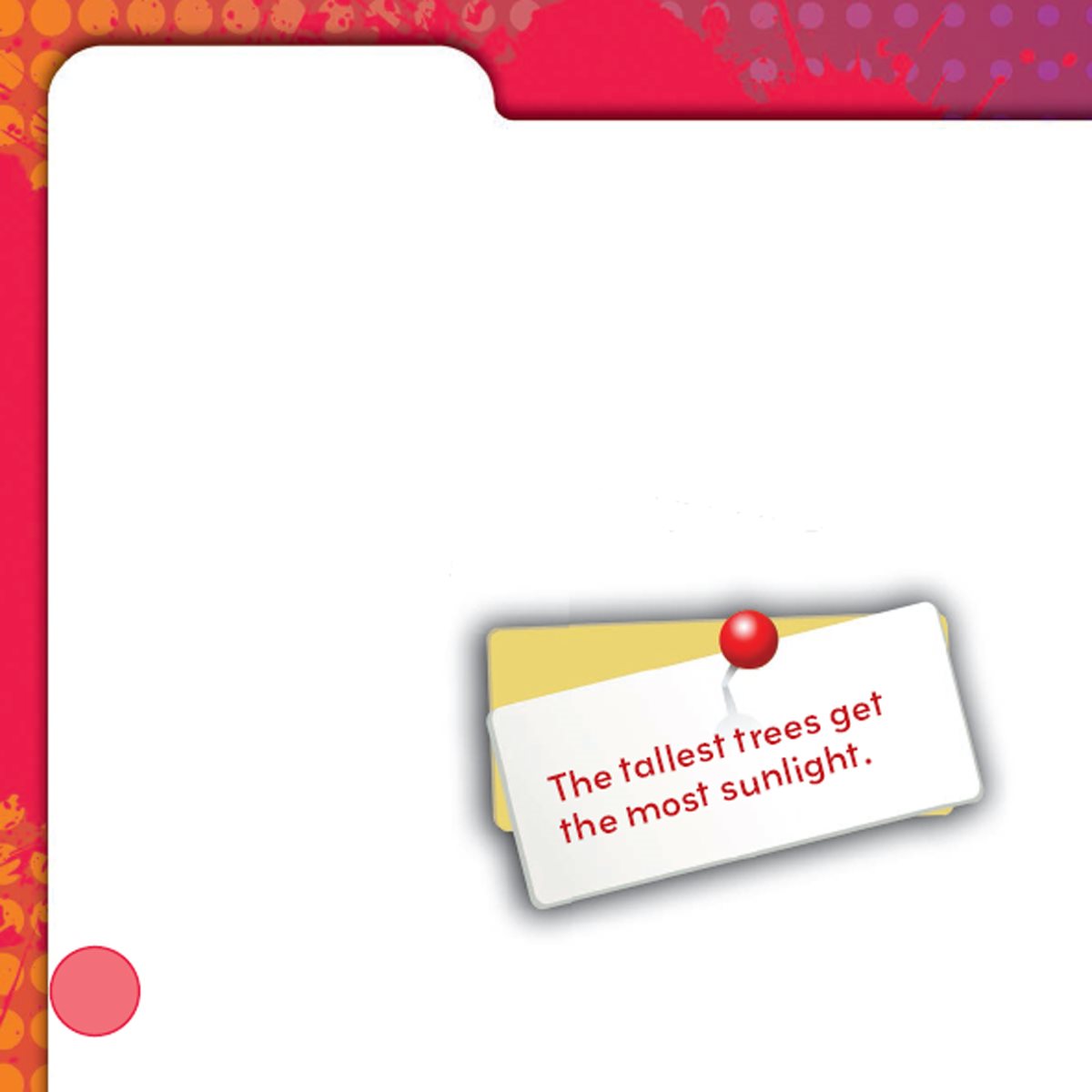
Over time, living things change.
These help living
things .

